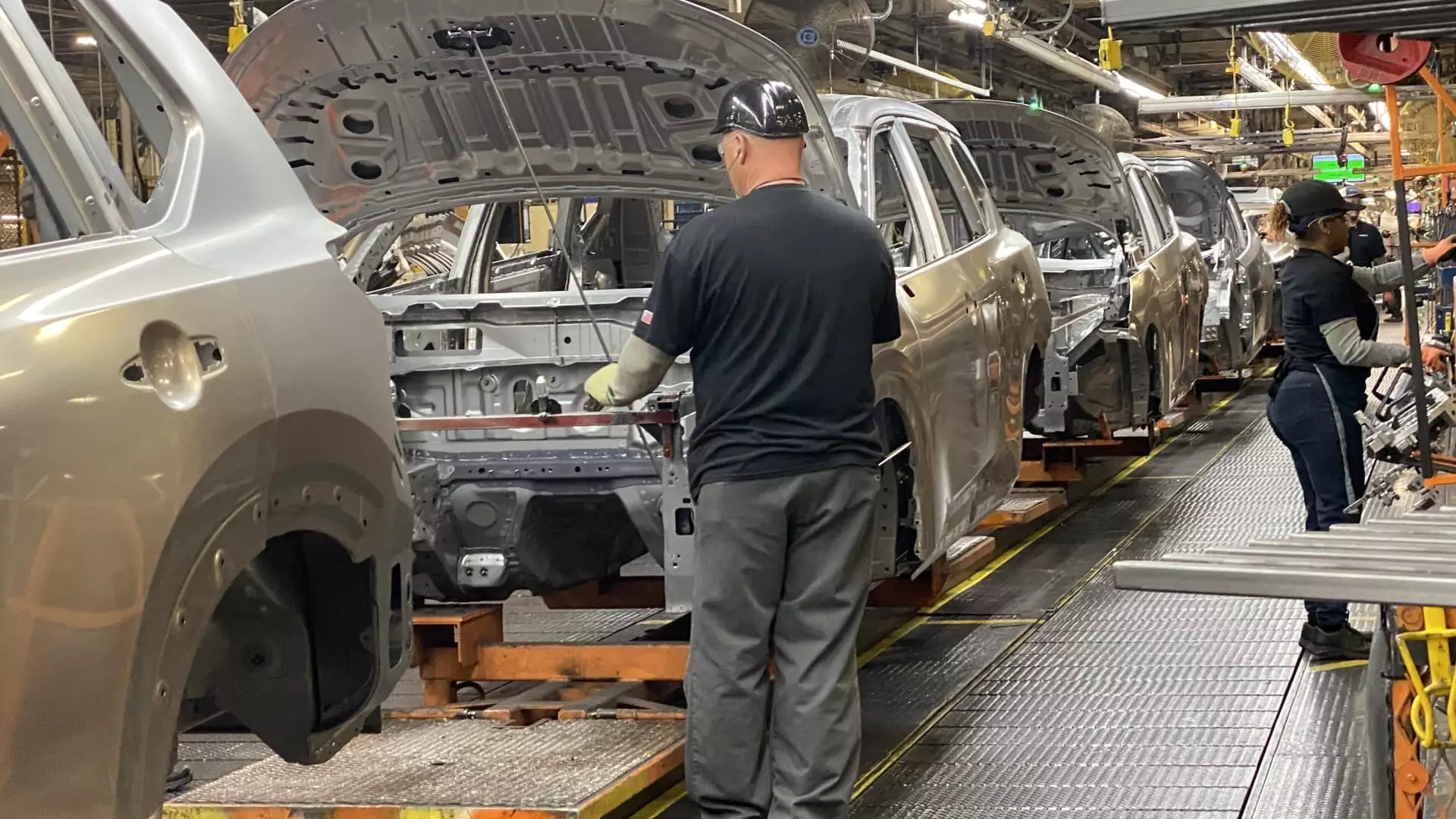The automotive industry is bracing for a seismic shift, caught in the crosshairs of President Donald Trump’s heavy-handed 25% tariffs on imported vehicles. While such measures may be aimed at protecting domestic production, they’re poised to yield devastating ripple effects across the globe. Analysts anticipate this could usher in a tumultuous era for automakers, leading not just to an uptick in vehicle costs but also influencing consumer behavior and the broader economy. Just how severe is the fallout from these tariffs? The numbers speak volumes.
Staggering Financial Implications
Recent research sheds light on the astounding economic burden these tariffs are set to impose. The Boston Consulting Group (BCG) has predicted that annual costs to the automotive sector could soar between $110 billion and $160 billion. To put that in perspective, such a hike translates to an estimated 20% hit to revenues in the U.S. new-vehicle market. When considering the broader Canadian market, the repercussions are even more daunting. Analysts suggest that millions of prospective car sales will evaporate, further exacerbating financial strains on automakers.
In states like Michigan, where the automotive industry plays a pivotal role, the fallout could hit local economies particularly hard. The Center for Automotive Research indicates that U.S. automakers alone might face a cost escalation of approximately $107.7 billion, a staggering figure that reflects both the immediate impact and the longer-term structural shifts driven by these tariffs.
The Price Hike Dilemma
Consumers are set to shoulder the burden along with the auto industry. By Goldman Sachs’ estimates, we could see new vehicle prices increase by anywhere from $2,000 to $4,000 as these rising costs inevitably make their way down to buyers. As manufacturers grapple with these hikes, we can expect significant shifts in consumer affordability. For a country already struggling with escalating living costs, the prospect of more expensive vehicles is alarming.
Luxury car buyers may not feel the pinch immediately, but average-income families are likely to feel constrained by these inflated costs. The average price of a new vehicle, roughly $50,000, paired with high-interest auto loan rates nearing 9.64% for new cars and a staggering 15% for used vehicles, paints a picture of financial strain on the American consumer. It raises critical questions: How long can households maintain their spending power? At what point does vehicle ownership become a luxury instead of a necessity?
The Political Backdrop: Long-Term Consequences
Trump’s tariffs are not merely a blip in time; they’re indicative of a broader political strategy that has sparked intense debates about nationalism versus globalization. While the intention might be to stimulate local production, the shortsightedness of such policies could drive the automotive industry into a corner. As automakers scramble to adapt, they are also reconsidering their manufacturing locations, leading to potential job losses and an uncertain future for workers who rely on this sector.
International companies like Jaguar Land Rover have already felt compelled to halt shipments to the U.S., while domestic manufacturers like Ford and Stellantis are resorting to temporary deals to incentivize consumers. This chaotic atmosphere shifts the focus away from innovation and progress, redirecting resources toward Survival 101.
Consumer Sentiment in Flux
Consumer confidence is waning at an alarming rate, particularly amidst rising inflation concerns—the likes of which we haven’t seen since 1981. As car prices continue to climb, consumer sentiment can only be expected to falter further. The cloud of uncertainty creates an environment where potential buyers may hold off on significant purchases, leading to a consequential decline in sales—a cycle that feeds back into itself.
The projected decrease of 2 million fewer vehicles sold annually could inflict pain not just on the auto sector but bleed over into various industries. Consider the multitude of businesses interconnected with automotive sales: tire manufacturers, parts suppliers, and even local automotive shops could all suffer as sales plummet. The implications are profound and far-reaching.
Future Projections: A Need for Strategic Thought
In this climate of uncertainty, the auto industry faces a challenge greater than just rising costs; it must rethink its entire approach to production and sales. Analysts predict that the looming tariffs could lead to a long-term contraction in production and a cycle of escalating prices that could last well into the future.
Major shifts are not just necessary; they are imperative. Manufacturers need to strategize and innovate to navigate these turbulent waters. Rather than simply raising prices or reducing production, the industry must engage in a broader conversation about sustainability, domestic investment, and equitable wages. As we embark on what could be the most pivotal year in automotive history, the choices made today will determine not just the fate of the industry but the economic health of countless communities tomorrow.

Leave a Reply